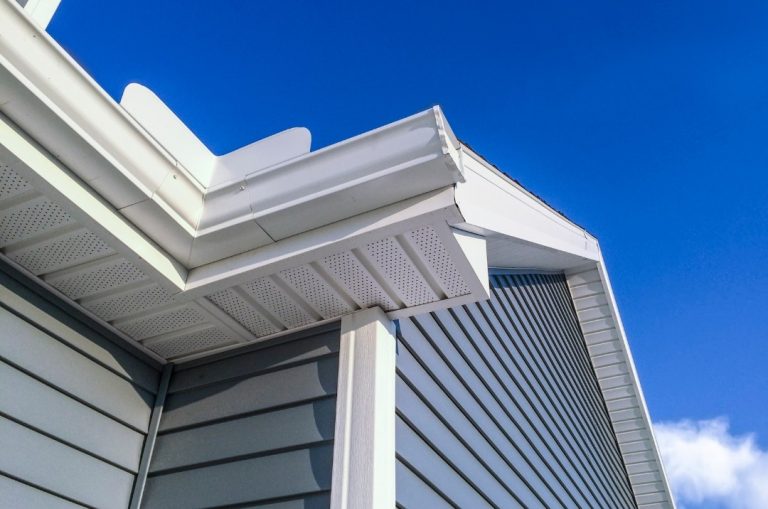What’s new
Vinyl siding hasn’t stood still. Two big trends: better insulation built into the siding, and more varied textures and finishes.
- Insulated vinyl siding: A foam-backed panel that adds insulation value (higher R-value) and improves sturdiness.
- Premium textures/longer panels: Manufacturers now offer profiles that mimic wood shakes, board-and-batten, smooth finishes, even stone-look from vinyl. And longer panel lengths reduce seams.
- Color and fade resistance: Some lines now include improved UV protection to reduce fading, a weak point of older vinyl.
If you’re building a home or ordering siding panels, you can now ask for these upgraded features.
Cost ranges in Canada
Here are some guideline numbers (material + installation) so you can budget:
- Entry-level vinyl siding: expect roughly CAD $4.00 to $7.20 per square foot installed.
- Some Canadian contractors list higher ranges depending on region: for example, one lists premium vinyl at ~CAD $7.20 / sq ft.
- Low-end in smaller markets: one source shows vinyl starting at CAD $2.70 per sq ft for very basic jobs.
Because you’re building (or planning for building) keep in mind labor, delivery, wall complexity (gables, dormers) will shift the number. Also, currency differences if you’re budgeting in CAD, but the ballpark gives you a starting point.
Longevity and performance
How long will vinyl siding last? And how have these new options changed things?
- Standard vinyl siding typically is estimated to last around 20 to 40 years in many markets.
- Quality grade + proper installation + favorable climate = maybe toward the upper end of that range (~30-40 years).
- Insulated vinyl siding offers improved durability (rigid foam backing gives support), and better weather/impact resistance.
- But note: even good vinyl won’t last forever; if the underlying wall sheathing, moisture barrier or installation are weak, lifespan will drop. Maintenance still matters.
So, when you’re selecting siding, ask: how thick is the panel, what insulation backing (if any), how is the weather barrier installed, what climate stress will it face.
What this means for you
Here’s how you can use this information:
- If budget is tight: standard vinyl siding is still a solid choice. Accept that you’ll likely face replacement or major repair in maybe 20-30 years, depending on exposure.
- If you plan to stay long term, or want better comfort + value: go for insulated vinyl siding. You’ll pay more now, but you may get less energy loss, better durability, and fewer maintenance headaches.
- Don’t assume all vinyl is equal. Ask manufacturers/contractors: what is the panel thickness, what warranty is offered (especially for color fade), is insulation built in, what profiles are available.
- Consider aesthetic and resale: if your home design is modern or you want texture (wood-look, board & batten) the newer profiles help. But if you’re in a historic neighborhood or the home has unique architecture, ask whether vinyl suits the style. Some buyers attach “vinyl = cheap looking” stigma (rightly or wrongly) so quality counts.
- Always factor installation and wall preparation into your budget. Even top-grade siding won’t perform if the underlying wall is compromised or the installation is sloppy.
- Look at life-cycle cost: a product that’s moderately more expensive now but lasts longer + reduces heating/cooling losses might cost less per year of service.
Final thought
The keyword vinyl siding matters because it signals you’re looking at that material specifically (and not wood, fiber cement, metal). Vinyl siding today offers more than it used to: better insulation, more texture and finish options, longer panels, better color stability. But you still get a wide quality spread and wide cost spread. If you invest in the better grades and have good installation, you’ll likely get a siding job that holds up long-term. If you cut too far on cost, you may end up with earlier fading, warping, or replacement. The choice is yours.


